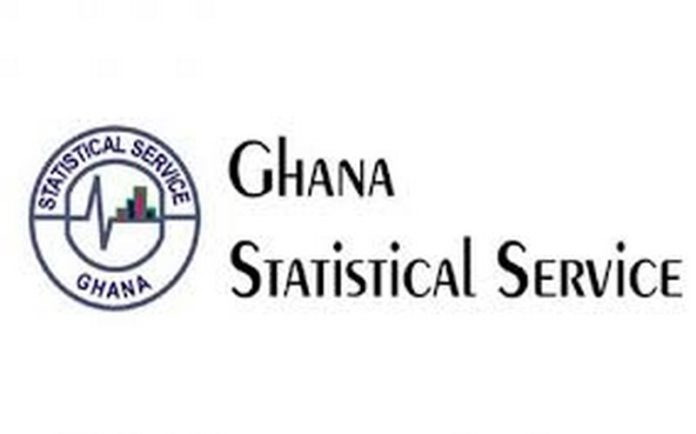Over half a million persons in the labour force were unemployed and multidimensionally poor in every quarter of 2022, ranging from an estimated 550,000 in the fourth quarter to 780,000 in the first quarter.
According to the 4th Quarter Labour Statistics Report by the Ghana Statistical Service, the unemployment rate in the 4th quarter was 11.5%, the lowest recorded across all quarters in 2022.
The 4th quarter unemployment rates are higher for females (12.5%) compared to males (10.3%); and higher in urban areas (14.3%) compared to rural (7.8%). The patterns are consistent with what was observed for the previous three quarters.
The GSS also said two in every three (68.1%) employed persons 15 years and older in the fourth quarter were in vulnerable employment (i.e. self-employed without employees or contributing family workers), the highest recorded across all quarters.
All regions except for Greater Accra had more than half of the employed persons in vulnerable employment.
The highest rate of vulnerable employment in the 4th quarter was recorded in the North East (92.1%), Savannah (90.6%), and Northern (84.2%) regions.
Over 2.1 million persons aged 15 to 35 years were not in education, employment, or training (NEET) across all quarters.
In the 4th quarter, one in every five persons (20.2%) aged 15 to 35 years was NEET.
Greater Accra recorded the highest NEET rate (26.5%) in the fourth quarter followed by the Ashanti (22.9%) and Upper East (22.9%) regions. All 16 regions recorded double-digit figures for youth NEET in all quarters with the lowest recorded in Oti in the fourth quarter (11.2%).
The Annual Household Income and Expenditure Survey (AHIES) is the first nationally representative high-frequency household panel survey in Ghana.

